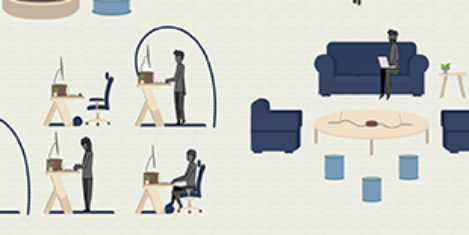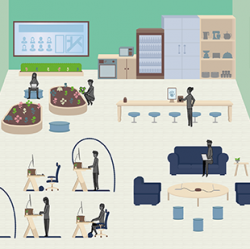March 1, 2017
Increasing adoption of wellbeing strategies to improve engagement and culture 0

Workplace wellbeing strategies are being implemented by employers at an unprecedented rate, with 45 percent of UK companies now having a clearly-defined wellbeing strategy in place, compared to less than a third (30 percent) in 2016, claims a new report. According to ‘Employee Wellbeing Research 2017: The evolution of workplace wellbeing in the UK’ from Reward & Employee Benefits Association (REBA), in association with Punter Southall Health & Protection, of those that don’t, virtually all plan or wish to implement one – with 46 percent planning on implementing one this year, 24 percent in the next few years and a quarter (25 percent) having it on their ‘wish list’. Over a third (37 percent) launched their wellbeing strategy to improve employee engagement, and just over a quarter (26 percent) to improve organisational culture. Other drivers included improving productivity levels (11 percent), reducing long and short-term sickness absence (6 percent & 5 percent) and retaining talent (5 percent).




































February 28, 2017
A report into facilities management that is hard to swallow 0
by Simon Heath • Comment, Facilities management
(more…)